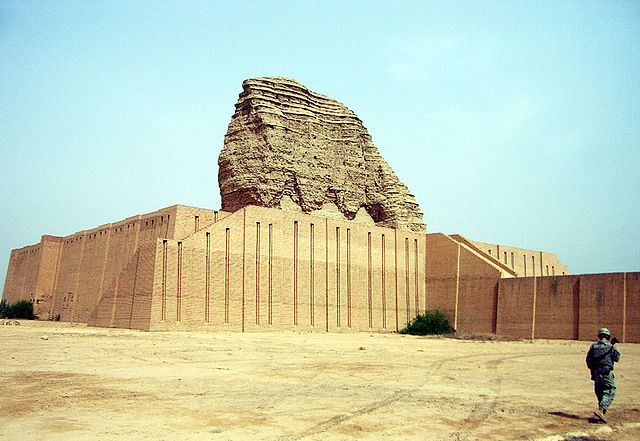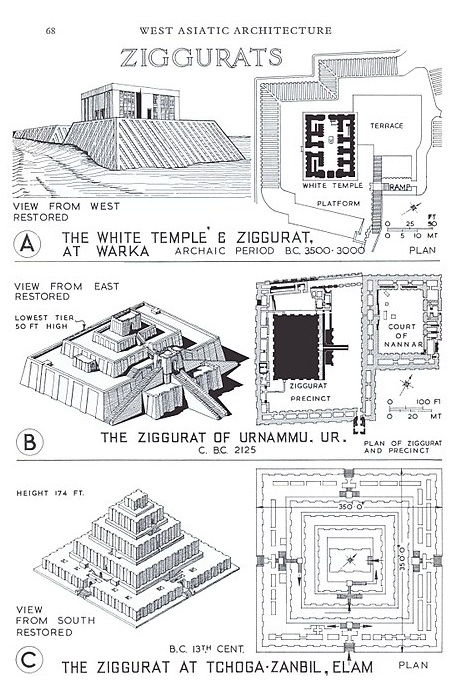
| CHOGHA ZANBIL
Dur Untash (Elamite), Chogha Zanbil, Iran
Ziggurat at Chogha Zanbil Location : Khuzestan Province, Iran
Coordinates : 32°0'30 N 48°31'15 E
Type : Settlement
History
Site
Notes
Archaeologists : Roman Ghirshman
Condition : In ruins
UNESCO World Heritage Site
Official name : Tchogha Zanbil
Criteria : Cultural: (iii), (iv)
Reference : 113
Inscription : 1979 (3rd session)
Chogha Zanbil (Persian: Elamite: Dur Untash) is an ancient Elamite complex in the Khuzestan province of Iran. It is one of the few existing ziggurats outside Mesopotamia. It lies approximately 30 km (19 mi) southeast of Susa and 80 km (50 mi) north of Ahvaz.
History
and etymology :
The middle area holds eleven temples for lesser gods. It is believed that twenty-two temples were originally planned, but the king died before they could be finished, and his successors discontinued the building work. In the outer area are royal palaces, a funerary palace containing five subterranean royal tombs.
Although construction in the city abruptly ended after Untash-Napirisha's death, the site was not abandoned, but continued to be occupied until it was destroyed by the Assyrian king Ashurbanipal in 640 BC. Some scholars speculate, based on the large number of temples and sanctuaries at Chogha Zanbil, that Untash-Napirisha attempted to create a new religious center (possibly intended to replace Susa) which would unite the gods of both highland and lowland Elam at one site.
The ziggurat originally measured 105.2 metres (345 ft) on each side and about 53 metres (174 ft) in height, in five levels, and was crowned with a temple. Mud brick was the basic material of the whole ensemble. The ziggurat was given a facing of baked bricks, a number of which have cuneiform characters giving the names of deities in the Elamite and Akkadian languages. Though the ziggurat now stands only 24.75 metres (81.2 ft) high, less than half its estimated original height, its state of preservation is unsurpassed.
The main building materials in Chogha Zanbil were mud bricks and occasionally baked bricks. The monuments were decorated with glazed baked bricks, gypsum and ornaments of faïence and glass. Ornamenting the most important buildings were thousands of baked bricks bearing inscriptions with Elamite cuneiform characters were all inscribed by hand. Glazed terracotta statues such as bulls and winged griffins guarded the entrances to the ziggurat. Near the temples of Kiririsha and Hishmitik-Ruhuratir, kilns were found that were probably used for the production of baked bricks and decorative materials. It is believed that the ziggurat was built in two stages. It took its multi-layered form in the second phase.
The ziggurat is considered to be the best preserved example of the stepped pyramidal monument by UNESCO. In 1979, Chogha Zanbil became the first Iranian site to be inscribed on the UNESCO World Heritage List.
Archaeology :
Axe bearing the name of the king Untash-Napirisha Choga Zanbil was excavated in six seasons between 1951 and 1961 by Roman Ghirshman.
Threats
:
Gallery :
Zigurat of Dur Untash
Profile view of Dur Untash Zigurat structure
Similar Zigurat structures in Iraq: The ziggurat of Dur-Kurigalzu
Similar Zigurat structures in Iraq: Ziggurat of Ur
The Ziggurat at Chogha Zanbil is one of the main Ziggurats
Source :
https://en.wikipedia.org/ |
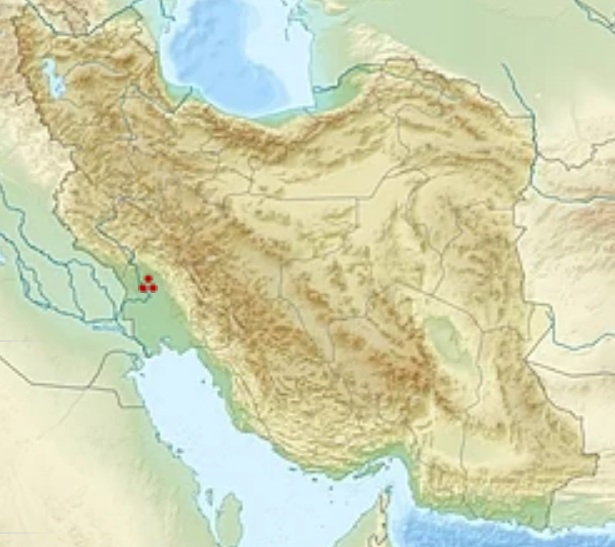


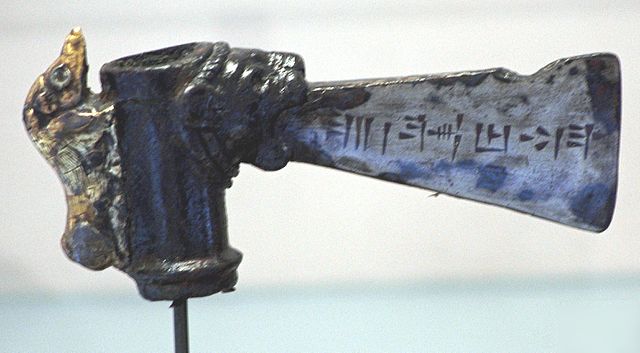
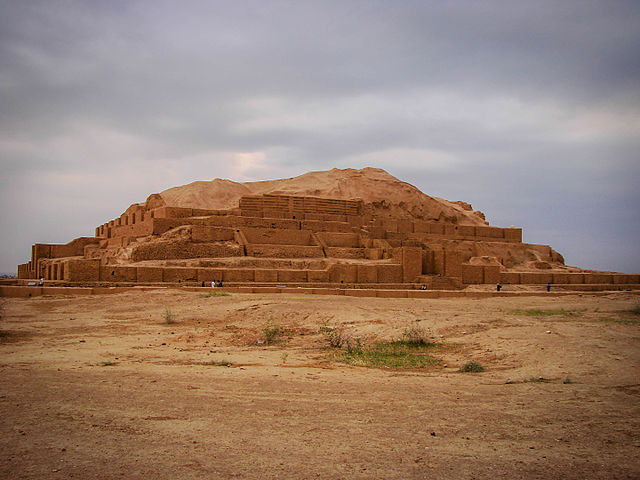
.jpg)
